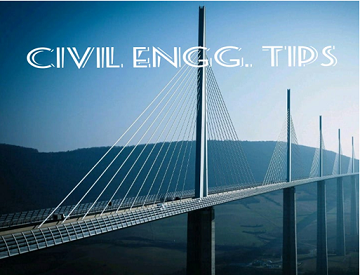Simple Vertical Drop Type and Sarda Type Falls: A raised crest fall with a vertical impact was first of all introduced on Sarda Canal System in U.P., owing to its economy and simplicity. The necessity for economic falls arose because of the need of construction of a large number of smaller falls on the Sarda Canal System. In that area, a thin layer of sandy clay overlied a stratum of pure sand. If the canal bed was to be cut deep and up to the sand stratum, the seepage losses would have been tremendous. Hence, the depth of cutting had to be kept low, necessitating the construction of a large number of smaller falls.
In this type of a
high crested fall, the nappe impinges into the water cushion below. There is no
clear hydraulic jump and the energy dissipation is brought about by the
turbulent diffusion, as the high velocity jet enters the deep pool of water
downstream.
Sarda type fall is a high crested fall, and if the discharge in the canal varies (say between 50 to 100%), the water will head up on the upstream side at low discharges. The reach upstream of the crest will silt up as the clearer water will pass downstream of the crest. Due to reduction in silt in the downstream discharge, there may be a tendency of scouring on d/s, so as to make the silt loss. Hence, this type of fall is not quite suitable for canals in which discharge varies within a wide range. A trapezoidal notch fall, although costlier than Sarda type or glacis type fall, is free from such troubles and, therefore, preferred for canals where the discharge is very small and also varies over a wide range.
2. Straight Glacis Falls: In this type of a modern fall, a 'straight glacis' (generally sloping 2 : 1) is provided after a 'raised crest'. The hydraulic jump is made to occur on the glacis, causing sufficient energy dissipation. This type of falls give very good performance if not flumed, although they may be flumed for economy. They are suitable up to 60 сumecs discharge and 1.5 m drop.












